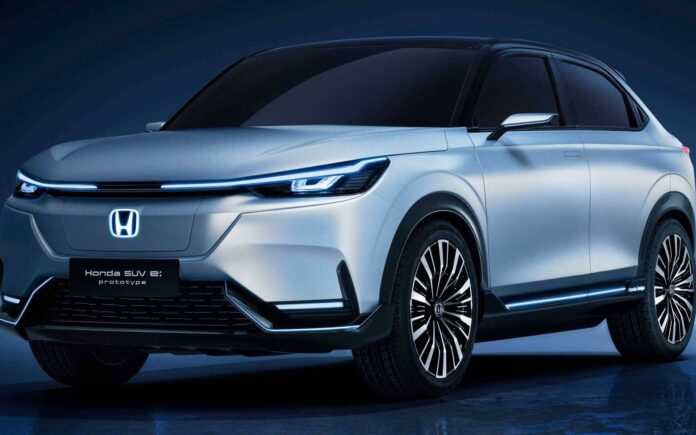MARKHAM, ON.– Honda recently announced that its first new volume battery-electric vehicle will be named “Prologue,” signaling a new electrified era that will lead to the company’s vision for 100% zero emission vehicle sales in North America by 2040. “Prologue” model name symbolizes 1st in a new series of volume Honda BEV models.
An all-new SUV coming to market in early 2024, the battery-electric Honda Prologue will be highly competitive with the functionality expected by Honda customers. More specific details about the new vehicle will be released over the coming months, and Honda will engage with prospective EV customers throughout the launch starting with a new webpage at https://www.honda.ca/en/future-vehicles/prologue.
In addition to the Honda Prologue, the company will introduce an all-electric Acura SUV in the 2024 calendar year. Both will utilize the highly flexible global EV platform powered by Ultium batteries based on the company’s strategic partnership with General Motors. Honda also plans to launch a new series of EV models in the second half of the decade based on a new e:Architecture, with development led by Honda.
“The Honda Prologue is our first volume BEV that will be a catalyst to our ongoing path to electrification and our global goal of a zero emissions future,” said Jean Marc Leclerc, President and CEO of Honda Canada. “The Prologue is a battery-electric SUV that will provide our Canadian customers with what they expect from Honda; an exciting, reliable, safe and fun to drive vehicle.”
In April 2021, Honda global CEO, Toshihiro Mibe, announced a vision to achieve carbon-neutrality for its products and corporate activities by 2050, including key targets for sales of electrified vehicles. This vision calls for the sales ratio of battery-electric and fuel cell electric vehicles in North America to progress from 40% by 2030 and 80% by 2035 to 100% by 2040.
As Honda prepares for the launch of Prologue, the company will introduce hybrid-electric systems to more core and volume models to continue to reduce CO2 emissions and bridge customers to the volume battery-electric vehicles now in development.










